Vietnam's stock market reopened after the holiday with selling pressure returning, red and blue covering the board.
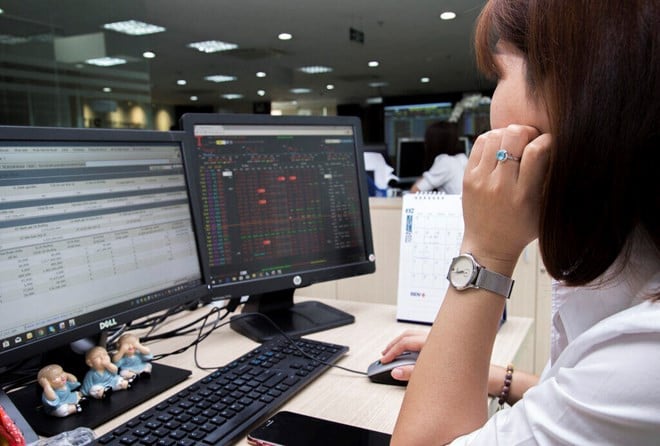
At the start of today's session (April 8), sentiment in Asian markets showed signs of stabilizing. In Australia, the S&P/ASX 200 index started the trading session with a slight increase of 0.18%. Meanwhile, the Japanese market recorded a strong recovery with the Nikkei 225 jumping 5.34% and the Topix breaking out 5.53%. In South Korea, the Kospi index rose 2.26% and the Kosdaq index for small-cap companies also advanced 2.35%.
However, in the morning session of April 8, with more negative news about tariffs, as well as the impact of the recent turbulent session of other major markets, domestic stocks opened with a shocking drop and the VN-Index fell to the 1,135 point area, equivalent to a decrease of about 75 points after more than 1 hour of trading, with stocks lying scattered on the floor.
Towards the end of the morning session, bottom-fishing cash flow appeared, supporting the VN-Index to have a slight recovery. At the end of the session, the VN-Index decreased by 67.74 points to 1,142.93 points. On HOSE alone, there were 482 stocks decreasing, of which 180 stocks reached the floor price.
Liquidity continued to be the highlight when the transaction value reached more than 19,000 billion VND in the whole market, with liquidity on the HOSE floor alone reaching more than 17,600 billion.
Real estate and raw material stocks are the prominent focus of the floor-falling codes. The rare bright spots in the large-cap group are PGV and SAB. These two codes are increasing slightly and supporting the market. Cautious and pessimistic sentiment is still dominating the market. Investors are still leaning towards selling, causing the index to continue to have negative developments.
However, according to experts, market risks are always present. comes with opportunities. The two recent trading sessions with record high liquidity show that large cash flows from business owners have participated to help VN-Index maintain the 1,200 point mark. This is different from the period of 2008, when small investors left the market, leading to a loss of liquidity.
There is currently no fundamental factor that can change the market's performance, while investors are still waiting for information on tariff negotiations with the US. Technically, a recovery session has not changed the short-term downtrend of the current market, investors still need to monitor market liquidity in the coming sessions to get more signals to test the bottom in today's session.
Experts recommend that investors lower their portfolio ratios and do not use margin loans, which may exploration disbursement Position for bluechip stocks, limit participation in industry groups directly affected by tax increase.
Source








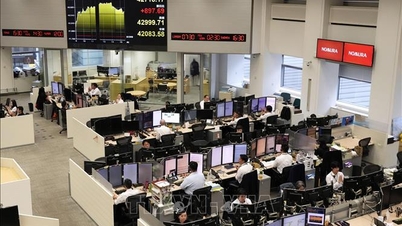









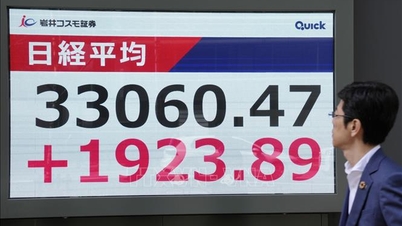



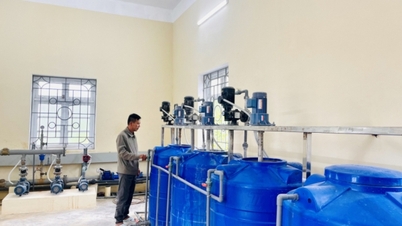






















































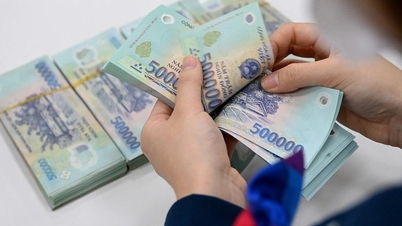




















![Dong Nai OCOP transition: [Article 3] Linking tourism with OCOP product consumption](https://vphoto.vietnam.vn/thumb/402x226/vietnam/resource/IMAGE/2025/11/10/1762739199309_1324-2740-7_n-162543_981.jpeg)











Comment (0)